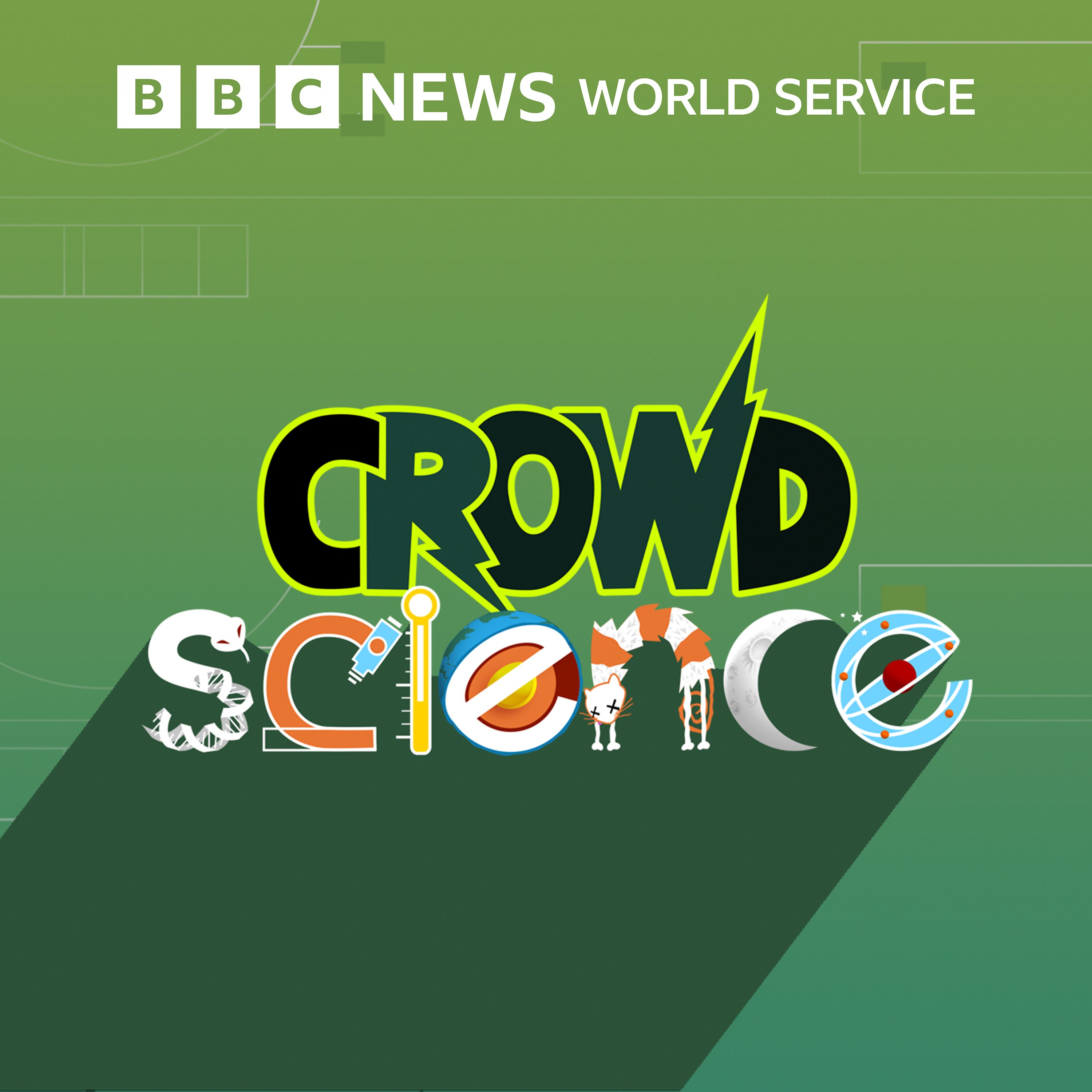
CrowdScience
May 26, 2023
It may seem like a simple question but could you explain why the earth revolves around the sun? That is what listener Josh from New York wants to know. For much of human history we thought everything revolved around us, literally. So how did humans come to the conclusion that we're not the centre of the universe? And how did the scientific process help us uncover the true order of things?
Looking through telescopes from the vantage point of Australia, host Caroline Steel speaks with astronomers and physicists about the bumpy scientific journey to arrive at this discovery that we now take for granted. Delving into Indigenous astronomy with researcher Peter Swanton, Caroline questions whether Western scientists were really the first ones to grasp this understanding of our solar system.
And at the Sydney Observatory, stellar astrophysicist Devika Kamath and Sydney Observatory host Nada Salama show Caroline some of the clues up in the sky that astronomers in the 1600s used to deduce that there was something wrong with earlier models of our solar system.
Rhett Allain from Southeastern Louisiana University helps break down the physics concepts at play when it comes to the motion of our planets and the sun.
Through her exploration of a seemingly simple question, Caroline asks some big questions as she looks up to the stars – about life, the universe, and the nature of science itself.
Producer: Sam Baker Presenter: Caroline Steel Editor: Richard Collings Production co-ordinator: Jonathan Harris
Featuring: Devika Kamath, Astrophysicist, Macquarie University Rhett Allain, Associate Professor, Southeastern Louisiana University Peter Swanton, Indigenous Research Associate, Australian National University
(Photo: Caroline and Devika, Sydney Observatory)

